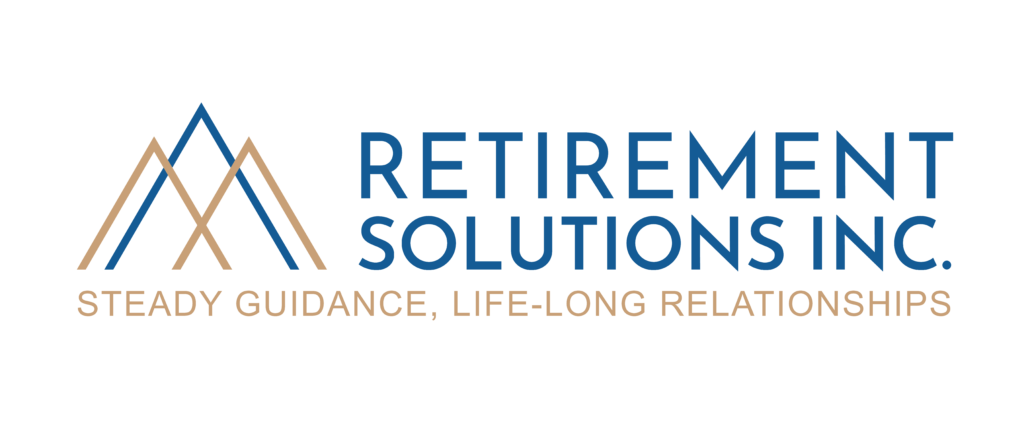How Far Could $1 Million Go In Retirement?
A million dollars used to be the ultimate target for retirement portfolios. Retiring as a millionaire brought status and confidence that you could live comfortably during your golden years.
If you retired with $1 million in 1970, you probably wouldn’t have to worry about your nest egg running out, even with a lavish lifestyle.
It would be like retiring with over $7.8 million today. 1
Retire with $1 million in the 80’s, and it would be like retiring with over $3.7 million in 2023.
And in 1990?
A cool $1 million would go twice as far as it does these days. 1
Clearly, $1 million doesn’t go as far as it used to.
Will a $1 Million Nest Egg Last?
What will cost you the most in retirement?
- Higher-than-average expenses
The averages used to calculate expenses in retirement may not fit how you actually live. If you’re spending more or less than the average for your area, your expenses could drain your savings faster or make them last longer. That’s why you can’t fully relay an average to anticipate how long a nest egg could last.
2. The Fun Stuff!
Retirement isn’t just about covering the basics to get by. You retired because you want to enjoy your time and do fun things, maybe even things you had put off while working or raising a family. Whatever that fun looks like for you.
3. Performance Realities
Investment performance can vary drastically from year to year. A personal retirement income plan should account for these types of ups and downs. It should also build in some flexibility for responding to performance changes while keeping you on track to hit your goals.
4. Health Care
Health care is a significant expense for most retirees. In fact, a healthy couple who retired at age 65 in 2022 could need $315,000 or more to cover their health care costs for the rest of their lives 2 . Perhaps ironically, those of us fortunate enough to retire in good health could end up paying more in health care costs than retirees with health problems. Why? Because, when we live longer, we’ll be paying for health care costs longer.
5. Long-Term Care
About 70% of retirees who are 65 or older will need long-term care (LTC) at some point in their lives.3 These costs vary by location and length of stay. Still, nearly 50% of retirees will need about a year of long-term care. Depending on where you live and whether you have LTC coverage, that could run anywhere from $54,000 to more than $168,000 in out-of-pocket costs every year. And those costs are only getting more expensive. By 2033, except those costs to be at least 34% higher. 4
6. Taxes
Many folks are surprised by the taxes they owe after they stop working. Tax laws are ever-changing and can have a significant impact on how much you owe in taxes during retirement. Fortunately, proactive planning may help mitigate the impact of taxes on your expenses.
7. Lifestyle
What do you want to do in retirement? What kind of extras do you want to enjoy and share with your loved ones? What does your dream lifestyle in retirement look like? The price tag associated with those dreams is a big variable in your personal retirement calculations.
Surprised by this? Everyone’s retirement journey looks different.
A cool million just doesn’t go as far as it used to.
While benchmarking your likely expenses is a good starting point, tweaking them for your personal situation is critical. As is remembering that your expenses will change as you journey through your retirement. In my experience, folks typically spend more on lifestyle, family, and fun at the beginning of their retirement and may see their medical and long-term care expenses increase as they age.
Bottom line? We’ll navigate them together.
Sources & Disclosures
- https://www.bls.gov/data/inflation_calculator.htm
- https://www.investopedia.com/retirement/how-plan-medical-expenses-retirement
- https://jjs.gov/aging/long-term-care/index/html
- https://www.genworth.com/aging-and-you/finances/cost-of-care.html
Securities offered through SagePoint Financial, Inc. (SPF), member FINRA/SIPC. Additional advisory services offered through The AmeriFlex® Group, an Independent Registered Investment Advisor. SPF is separately owned and other entities and/or marketing names, products or services referenced here are independent of SPF. Insurance is offered independent of SPF. This message and any attachments contain information, which may be confidential and/or privileged, and is intended for use only by the intended recipient. Any review, copying, distribution or use of this transmission is strictly prohibited. If you have received this transmission in error, (i) please notify the sender immediately and (ii) destroy all copies of this message. If you do not wish to receive marketing emails from this sender, please reply to this email with the word REMOVE in the subject line.
Risk Disclosure: Investing involves risk including the potential loss of principal. No investment strategy can guarantee a profit or protect against loss in periods of declining values. Past performance does not guarantee future results.
This material is for information purposes only and is not intended as an offer or solicitation with respect to the purchase or sale of any security. The content is developed from sources believed to be providing accurate information; no warranty, expressed or implied, is made regarding accuracy, adequacy, completeness, legality, reliability, or usefulness of any information. Consult your financial professional before making any investment decision. For illustrative use only.
Securities and investment advisory services offered through SagePoint Financial, Inc. (SPF) member FINRA/SIPC. Additional advisory services offered through The AmeriFlex® Group. SPF is separately owned and other entities and/or marketing names, products or services referenced here are independent of SPF. Insurance is offered through Scott A. Chelberg, CFP®




